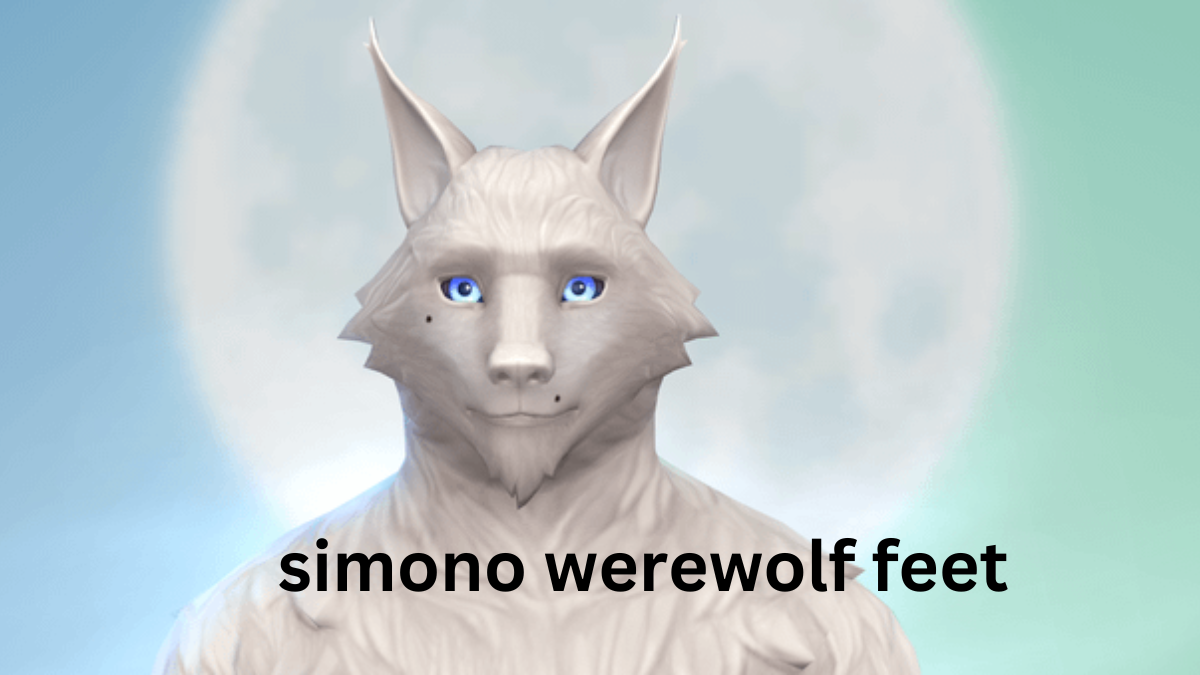
Introduction
simono werewolf feet have always captivated us, blending human and beast in one fabled entity. Among these legends, the Simono werewolf stands out with its distinctive traits, notably its feet. This article explores into the origins, qualities, and cultural significance of Simono werewolf feet, merging legend, science, and pop culture.
The Origins of Simono Werewolf Legend
The mythology of Simono werewolves stretches back to ancient times. The Simono variety is famous for its distinctive physical characteristics, notably its feet, which are claimed to maintain human attributes even in wolf form.
Characteristics of Simono Werewolves
Physical Traits
Simono werewolves are characterized as having a combination of human and wolf traits.
Behavioral Traits
The transition typically leads about a loss of control, motivated by a primitive impulse to hunt.
The Anatomy of Werewolf Feet
Distinctive Features
Simono werewolf feet are defined by their dual nature. This hybrid shape is crucial to the Simono tale, reflecting the struggle between human civilization and untamed nature.
Comparisons with Human Feet
This results in a unique structure that allows for great agility and strength.
Transformation Process
Human to Werewolf
The feet undergo major alterations, sprouting claws and shifting in form to enhance the werewolf’s hunting abilities.
Changes in Feet During Transformation
The change underlines the dualism of Simono werewolves. Feet extend, nails sharpen into claws, and the whole structure becomes more strong to endure the pressure of movement.
Scientific Perspectives
Genetic Theories
Some hypotheses imply that werewolf stories can have origins in genetic illnesses such as hypertrichosis, which causes excessive hair growth. This might explain the animalistic look and conduct.
Myth vs. Reality
They express human anxieties and fascinations with the animalistic components of our nature.
Simono Werewolves in Literature
Classic Tales
Simono werewolves feature in various classic stories, where they are generally presented as cursed persons fighting with their dual nature.
Modern Interpretations
Contemporary literature prefers to investigate the psychological elements of werewolves, depicting them as multifaceted beings rather than simply monsters.
Werewolf Feet in Movies and TV Shows
Iconic Depictions
From “An American Werewolf in London” to “Teen Wolf,” werewolf feet have been a key focus in visual narrative, highlighting the terror and intrigue with metamorphosis.
Influence on Audience Perception
These images impact how audiences view werewolves, typically accentuating the combination of human and beast that distinguishes the Simono tale.
Popular Myths about Werewolf Feet
Common Misconceptions
One prevalent belief is that werewolves may change at will.
Debunking Myths
Modern science and scientific explanations disprove these superstitions, while the obsession with werewolves endures.
Cultural Representations
Folklore Across Different Cultures
Werewolf stories are not unique to Europe. Similar legends occur in numerous civilizations, each adding unique components to the mythology.
Symbolism of Werewolf Feet
Werewolf feet depict the fight between human logic and animalistic impulse, a familiar concept in many civilizations.
Artistic Depictions
Historical Art
Throughout history, werewolves have been represented in art, generally concentrating on the spectacular transition process.
Contemporary Art
Modern artists continue to explore werewolf themes, employing the dual nature of the monster to remark on human identity and society.
Werewolf Feet and Pop Culture
Merchandise and Fandom
Werewolves have a large presence in modern culture, with items ranging from action figures to costumes, showing their lasting appeal.
Role in Popular Media
Movies, TV programs, and literature continue to include werewolves prominently, ensuring that the tale stays alive in contemporary society.
Psychological Aspects
Fear and Fascination
The dread of werewolves taps into deep-seated worries of losing control and becoming something hideous.
Impact on Human Psyche
The obsession with werewolves also indicates a desire to understand and accept the wild, uncontrolled portions of our nature.
Real-life Inspirations
Cases of Hypertrichosis
Historical episodes of hypertrichosis, or “werewolf syndrome,” may have inspired werewolf stories, blurring the boundary between myth and truth.
Legends Based on Real People
Some werewolf stories are based on historical persons who were thought to have supernatural powers or who committed horrible actions.
Conclusion
The tale of Simono werewolf feet spans the gap between myth and truth, merging ancient tradition with current interpretations. This distinctive element of werewolf anatomy reflects the unending fight between mankind and the wild.
FAQs
What are the most distinctive features of Simono werewolf feet?
Simono werewolf feet are renowned for their combination of human and wolf features, exhibiting extended toes and sharp claws while preserving
How do Simono werewolves differ from other werewolves?
Simono werewolves are distinctive in their physical traits, notably their feet, which stay somewhat human while in wolf form.
Are there any scientific explanations for werewolf legends?
Some experts suggest that genetic illnesses like hypertrichosis may have inspired werewolf stories, explaining the animalistic look.
How have werewolves been depicted in modern media?
Modern media typically presents werewolves as multifaceted characters, exploring their psychological issues and dual nature.
What is the cultural significance of werewolf feet?
Werewolf feet depict the clash between human logic and animalistic impulses, a recurrent topic in mythology across numerous civilizations.




